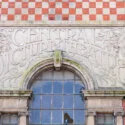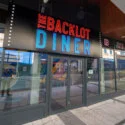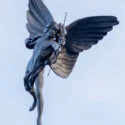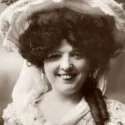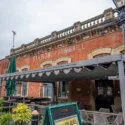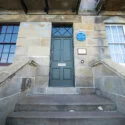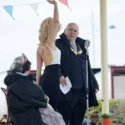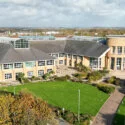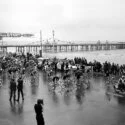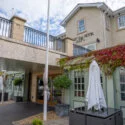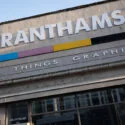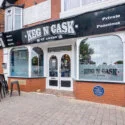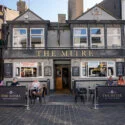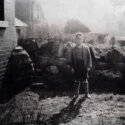Blackpool’s decision to include statues and public art in the town centre was part of a broader strategy to rejuvenate the town, which began in the early 2000s. This initiative was driven by a desire to modernise Blackpool and attract new visitors while also enhancing the experience for locals. With the decline of traditional seaside tourism in the UK, the town recognised the need to diversify its appeal, using public art as a tool for urban regeneration and cultural enrichment. The introduction of sculptures was seen as a way to create more attractive and engaging public spaces, with the aim of integrating art into the everyday lives of residents and visitors. Blackpool’s focus was not only on beautifying the town but also on creating interactive experiences that would turn streets and open spaces into areas of cultural interest. The inclusion of these statues was aligned with wider regeneration projects such as upgrading the promenade, improving public squares, and making the town more pedestrian-friendly.
By placing art in highly visible areas, such as the seafront and central streets, Blackpool established itself as a place where entertainment meets creativity, using sculptures to celebrate its rich history while also embracing contemporary design. This decision has helped create a distinctive identity for the town, blending its iconic heritage with forward-thinking urban development.
A casual walk around Blackpool Town Centre will reveal many street sculptures and intriguing methods of lighting. Finding a year to set against this post was impossible as the street art was conceived and crafted over many years – not just one. So the setting the year to 2000 was a somewhat arbitrary decision. You may also wish to take in the many street murals all over the town – you’ll also find them here on this website. Then if you take a trip down the promenade you’ll find the Great Promenade Show, a succession of large scale sculptures that have to be seen up close to appreciate the impact that they can make.
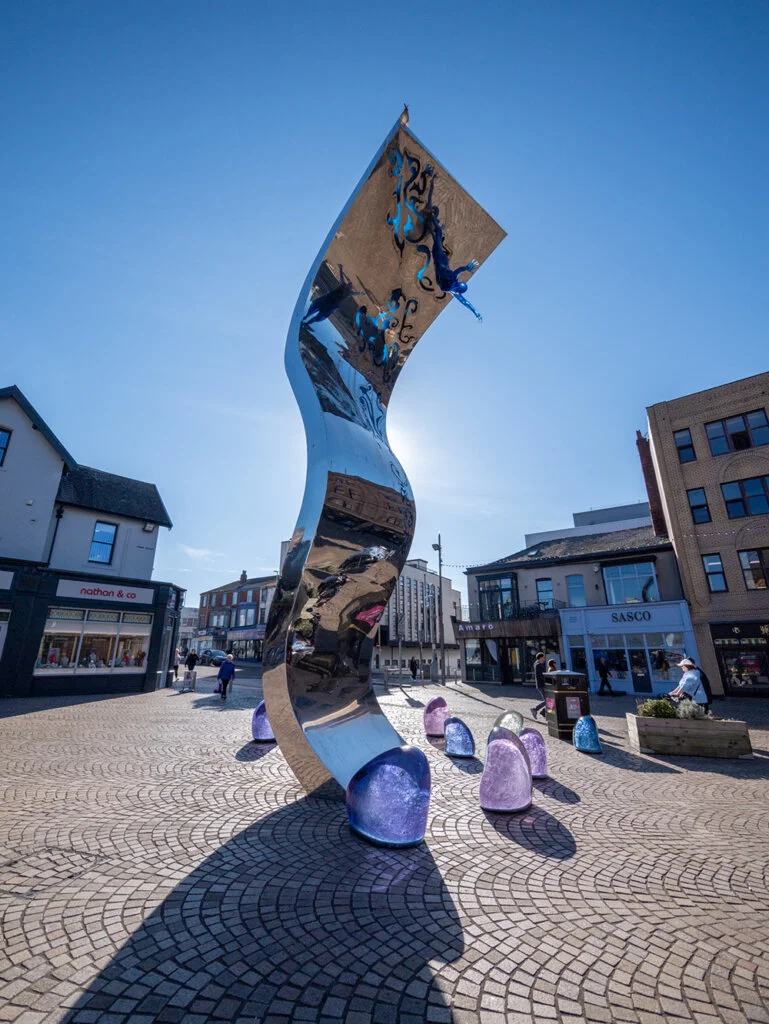
‘The Wave’ created in 2009, can be seen outside St John’s Church.
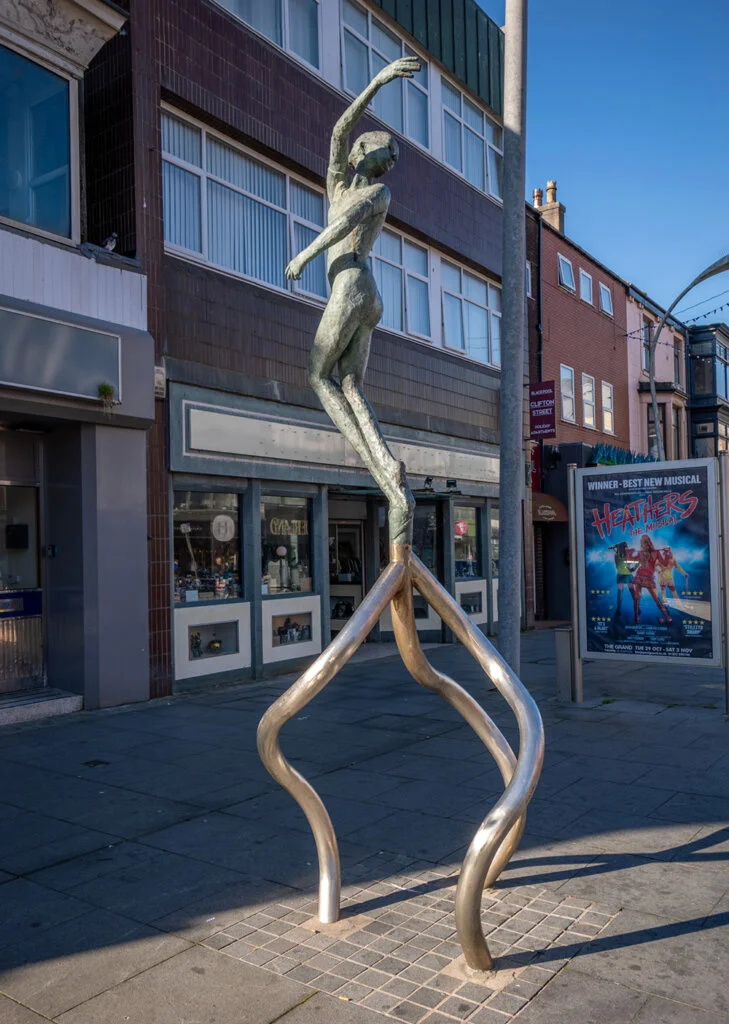
‘Naked dancing girls’ statue, one of a pair, the other can be found on Clifton Street.
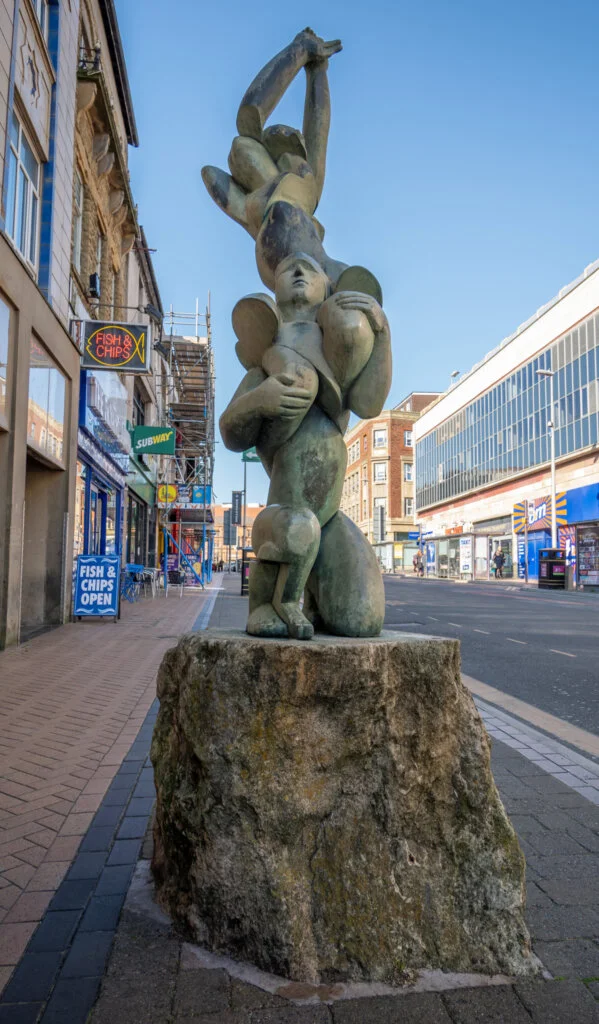
Constructed in 2008 by Jason deCaires Taylor.
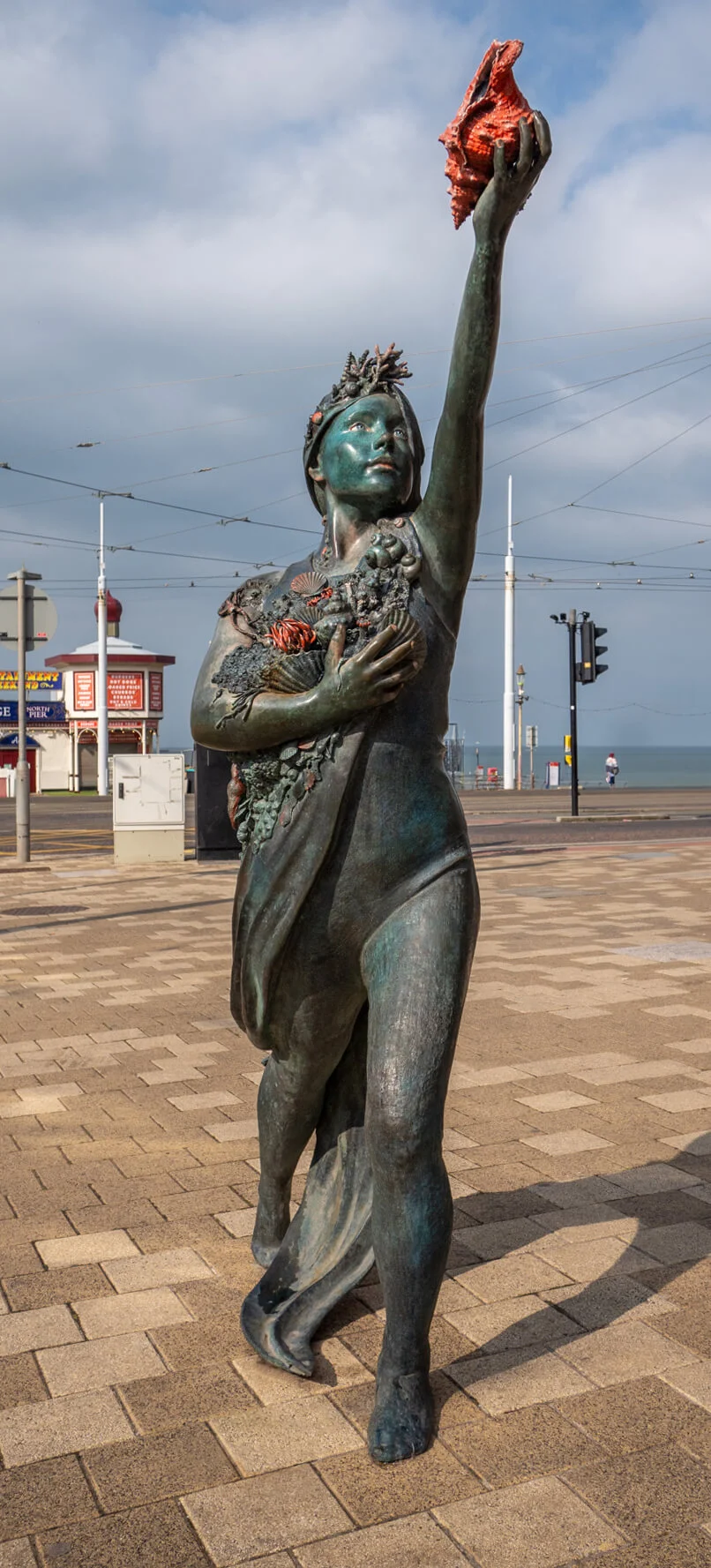
Call of the Sea Mermaid, installed in June 2021, can be seen on Talbot Square.
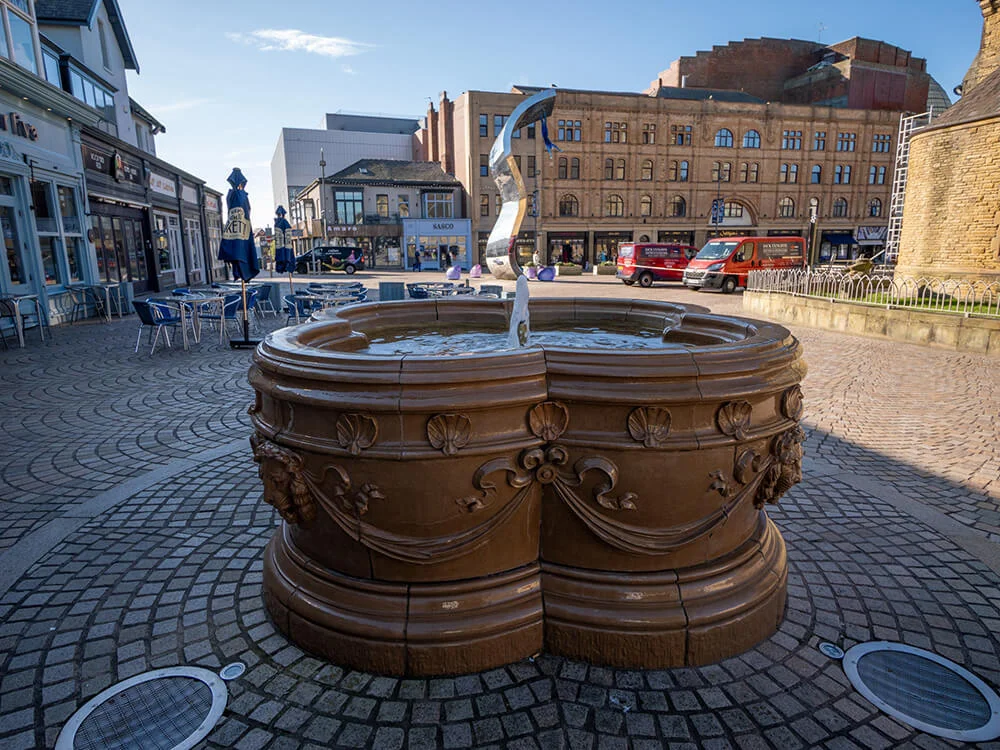
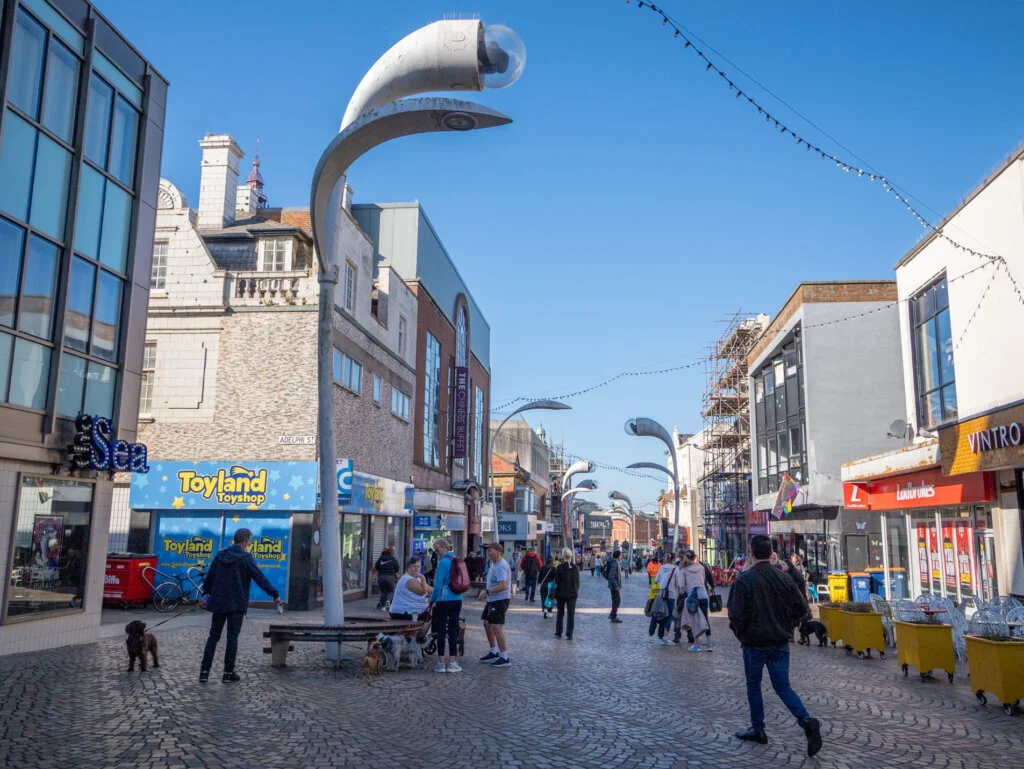
Showcasing a unique design, there are 18 of these streetlights spanning across adjoining streets to accompany the art works in the area.

Brilliance Steel Sculpture, erected in 2009, can be seen on Birley Street
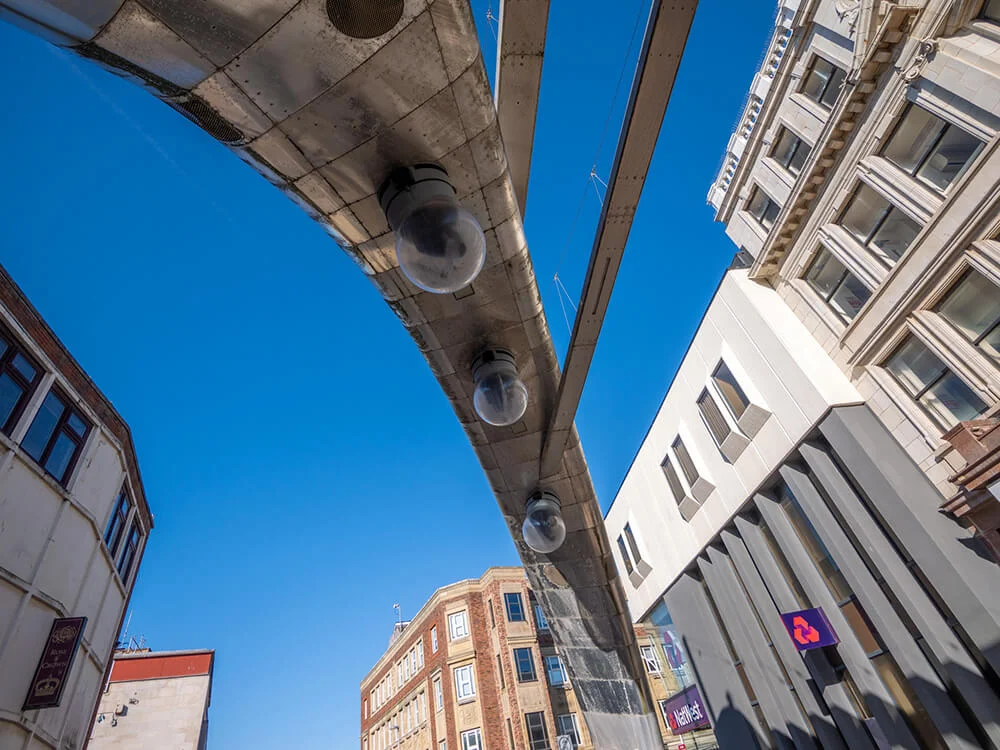
Text source: Lancaster Guardian’swebsite
Images by © Deeper Blue Marketing & Design Ltd


